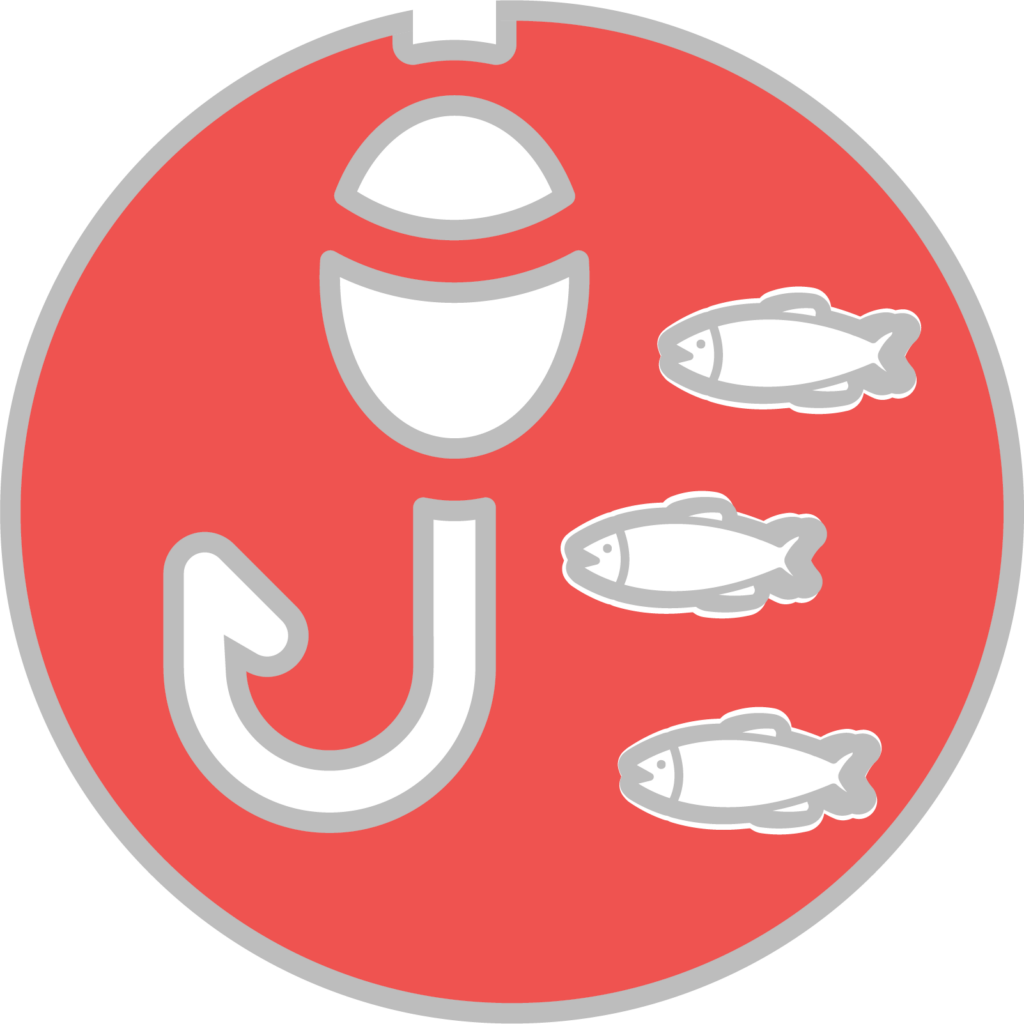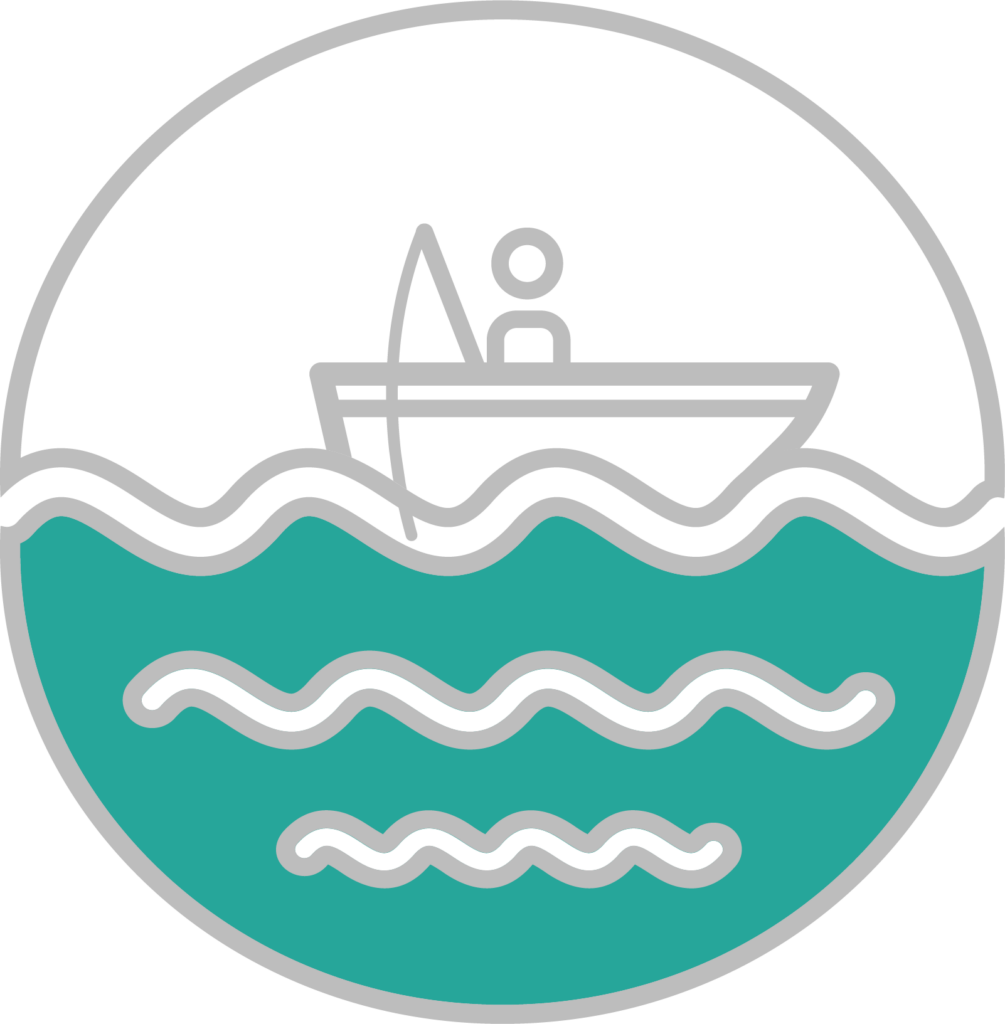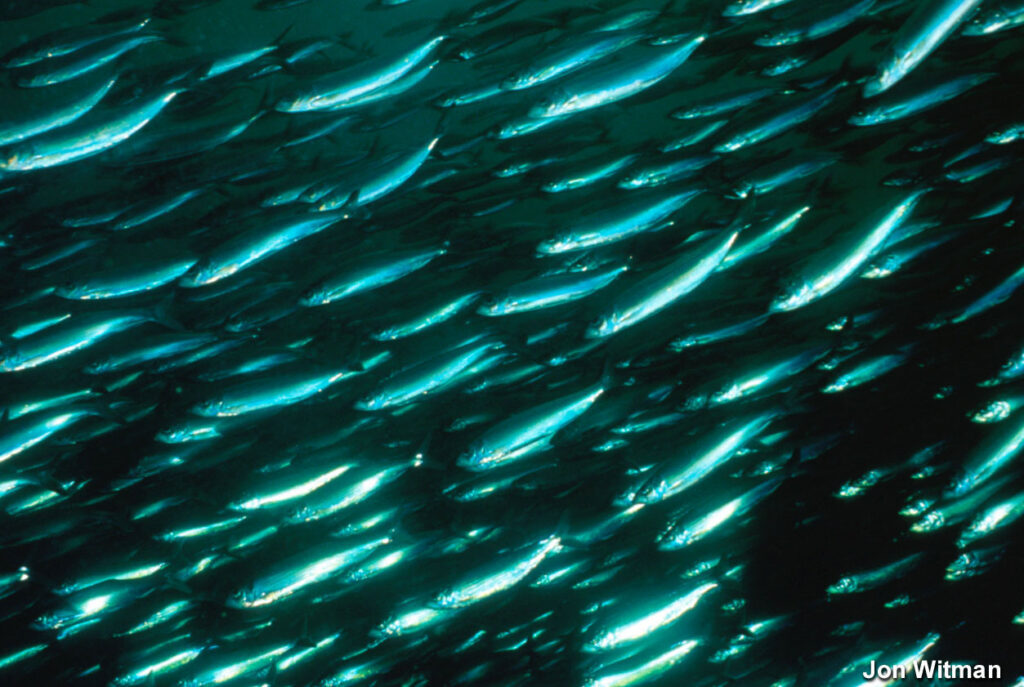Atlantic Herring

Latest News and Resources
-
Atlantic Herring FMP Review – 2024
-
Atlantic Herring Management Board Annual Meeting Presentations — October 2025
-
2025 Annual Meeting Summary — October 2025
-
Zero Landing Days Continue for Season 2 of the 2025 Atlantic Herring Area 1A Fishery
-
2025 Annual Meeting Agenda and Public Comment Guidelines
-
Atlantic Herring Management Board Annual Meeting Materials — October 2025
-

Population Abundance
Overfished

Fishing Mortality
Overfishing not occurring
Current Status
Stock status based on 2024 assessment update. Spawning stock biomass at 26% of target. Restrictive management measures in place.
Meeting Calendar
Next Meeting
Contacts
- Emilie Franke, FMP Coordinator (EFranke@asmfc.org)
- Management Board, Doug Grout, Chair
- Technical Committee
- Advisory Panel
Species Information
Atlantic herring are a vital species for both the ecosystem and fishing communities, serving as a key forage fish for marine life and supporting important commercial and bait fisheries. Found from Labrador to Virginia, these migratory fish are managed through adaptive measures that balance sustainable harvests with ecosystem needs. From spawning protections to innovative quota systems, Atlantic herring management ensures their role in the marine food web and economic livelihoods remains strong.
Management
The Commission manages Atlantic herring under Amendment 3 to the Interstate Fishery Management Plan, which was approved for management in February 2016 and implemented on June 1, 2016. The Amendment refines the spawning closure system and modifies the fixed gear set-aside. The Amendment consolidates prior amendments (and associated addenda) and recent management decisions into a single document; it is now the comprehensive document for Atlantic herring management in state waters.
Because herring can be found in state and federal waters, there are complementary management plans between the Commission and New England Fishery Management Council (Council) which set annual quotas, called annual catch limits (ACL), for three management areas and two sub-areas. The ACLs for these areas are set based on the maximum sustainable yield that allows for a sustainable harvest but leaves enough herring for fish, birds and marine mammals. While the plans for state and federal waters share management boundaries, there are a few differences between the plans. The Council prohibits mid-water trawling from June 1 – September 30 in Area 1A (inshore Gulf of Maine). The Commission plan includes spawning closures and a “days out” provision. During a spawning closure or a “day out” of the fishery, vessels participating in other fisheries may possess no more than 2,000 pounds of Atlantic herring per trip. In addition, all vessels traveling through Area 1A must have all gear stowed.
In May 2017, the Commission approved the continued use of the GSI-based forecast system to predict when the population will be spawning and when spawning closures should be set based on the development of herring gonads (reproductive organs) in Area 1A. GSI stands for gonadosomatic index, the ratio of the weight of a female herring’s ovaries to her body weight. As female fish get ready to spawn, their ovaries become heavier and the GSI increases. Scientists use the observed rate of increase in the GSI to predict when spawning will occur and when the fishery should be closed.
In April 2019, the Board approved Addendum II to strengthen spawning protections in Area 1A (inshore Gulf of Maine) by initiating a closure when a lower percentage of the population is spawning (from approximately 25% to 20%), and extending the closure for a longer time (from four weeks to six weeks). The Addendum also modifies the trigger level necessary to reclose the fishery, with the fishery reclosing when 20% or more of the sampled herring are mature but have not yet spawned. These changes to spawning protections are in response to the results of the 2018 Benchmark Stock Assessment which showed reduced levels of recruitment and spawning stock biomass over the past five years, including the lowest levels of recruitment on record.
For the 2025 fishing season, the Council and the Commission set the ACL at 6.0 million pounds (2,710 mt). The ACL is further subdivided into sub-ACLs by the Atlantic herring management areas as follows: Area 1A = 1.7 million pounds (783 mt), Area 1B = 0.3 million pounds (117 mt), Area 2 = 1.7 million pounds (753 mt), and Area 3 = 2.3 million pounds (1,057 mt). There is no research-set-aside for 2025. The Board established the following seasonal allocations for the 2025 Area 1A sub-ACL: 72.8% available from June 1 – September 30 and 27.2% available from October 1 – December 31. Directed fisheries within a management area close when 92% of the sub-ACL has been harvested, and the stock-wide fishery closes when 95% of the ACL is projected to be reached.
Current Days Out Provisions
Days out is the primary effort control measure for the Area 1A fishery. States involved in the Atlantic herring fishery are able to extend the fishery by controlling fishing effort (fishing days) through landing restrictions. The goal is to provide a consistent supply of herring to the market by controlling landings, particularly early in the season when herring may be localized in Area 1A.
Maine, New Hampshire and Massachusetts continue to modify days out of the fishery during the season to prolong the fishery in Area 1A, making herring available during peak demand. The Board established the following seasonal allocations for the 2025 Area 1A sub-ACL: 72.8% available for season 1 (June 1 – September 30) and 27.2% available for season 2 (October 1 – December 31).
Effort control measures for the 2025 Area 1A fishery follow: Area 1A Effort Controls
Current Spawning Closure Regulations
The three inshore Atlantic herring spawning areas of eastern Maine, western Maine, and Massachusetts-New Hampshire have independent closures during the fall that may begin on the default dates of August 28, September 23 and September 23, respectively. Actual closure effective dates are determined using the GSI-based forecast system.
This method was developed by the Technical Committee, then tested and evaluated for effectiveness during the 2016 fishing season. The GSI-based spawning monitoring system tracks reproductive maturity to align the timing of spawning area closures with the onset of spawning. The modeling efforts to forecast the spawning closures are available at https://massmarinefisheries.net/herring/
Eastern Maine Spawning Closure in Effect Starting August 28 through October 8, 2025
Stock Status
A 2024 Management Track Assessment (i.e., assessment update) was completed by NOAA’s Northeast Fisheries Science Center and is an update to the 2022 Management Track Assessment using the age-structured assessment model (ASAP) from the 2018 benchmark stock assessment.

The 2024 assessment, which includes data through 2023, indicates the Atlantic herring stock is overfished but not experiencing overfishing based on the biological reference points for spawning stock biomass (SSB) and fishing mortality (F). This is the same stock status as determined by the 2022 assessment. SSB has been declining since 2014 and was estimated to be 47,955 metric tons in 2023, well below the SSB target of 186,367 metric tons. F was estimated to be 0.263 in 2023, also well below the overfishing threshold of 0.45. Both the 2022 and 2024 assessments noted several years of poor recruitment and the difficulty of identifying a reason for this recruitment trend.
Commercial & Recreational Fisheries
Atlantic herring are one of the most important species in the Northeast because of the vast role they play in the marine ecosystem and their importance to fishermen.

Herring form the base of the food web as a forage fish for marine mammals, seabirds and many fish throughout the Mid-Atlantic and Northeast. Schooling herring serve as an important prey resource for migrating whale and dolphin populations on which eco-tourism activities, such as whale watching, depend. The herring resource was once primarily used for the canning industry, but now provides bait for important fisheries such as lobster, blue crab, tuna, and striped bass. The fish are also a valued commodity overseas where they are frozen and salted.
The earliest herring fisheries in North America date back 450 years. Today, Atlantic herring is predominantly a commercially-caught species with markets in the US and Canada. The most common gears used to catch Atlantic herring are trawls (midwater and bottom) and purse seines. A small fixed-gear fishery continues primarily in Maine.
Catch increased in the 1960s, largely due to a foreign fishery which developed on Georges Bank. US commercial landings in the 2000s were fairly stable, ranging between about 130 and 250 million pounds per year. Since 2013, commercial landings have generally decreased and reached the lowest levels the time series in 2021 and 2022 at below 12 million pounds each year. US commercial landings in 2023 increased to about 23 million pounds, primarily due to more quota being available in 2023 informed by the 2022 stock assessment projections.
Life History
Atlantic herring (Clupea harengus) are oceanic, plankton-feeding fish that occur in large schools and inhabit coastal and continental shelf waters from Labrador to Virginia. Juveniles (called sardines) undergo seasonal inshore-offshore migrations. Sardines are abundant in shallow, inshore waters during the warmer months of the year. Adults (age three and older) migrate south from summer and fall spawning grounds in the Gulf of Maine and Georges Bank to spend the winter in Southern New England and the Mid-Atlantic.
Herring spawn as early as August in Nova Scotia and eastern Maine and during October and November in the southern Gulf of Maine, Georges Bank, and Nantucket Shoals. Spawning habitat consists of rock, gravel, or sand bottoms, ranging in depth from 50-150 feet. Females can produce between 30,000 and 200,000 eggs each. Schools can produce so many eggs that the ocean bottom is covered in a dense carpet of eggs several centimeters thick. Eggs hatch in 10-12 days depending on water temperature. By their fourth year, fish are about 10” in length and may grow to about 15” (1 ½ pounds) by 15 to 18 years old. Herring are filter feeders preying entirely on plankton. They usually feed at night following the massive vertical migrations of zooplankton that inhabit deep waters by day and surface waters by night.
News & Resources
Explore recent news, management updates, and scientific reports to gain a deeper understanding of ongoing conservation efforts and sustainability strategies.
-
-
-
A summary of all the board meetings, press releases and motions from the 2025 Annual Meeting.
-
This is an update on Season 2 (October 1 – December 31) of the 2025 Area 1A fishery for Atlantic herring. In September 2025 (Memorandum 25-81), the Atlantic Herring Management Board members from Maine, New Hampshire, and Massachusetts decided the fishery would be set at zero landing days from October 1 through November 4 and…
-
-
Set Quota Period for the 2026 Area 1A Fishery (E. Franke); Consider Approval of FMP Review and State Compliance for the 2024 Fishing Year (E. Franke)
-
-
This memorandum announces closure dates for the Western Maine and Massachusetts/New Hampshire spawning areas; and days out measures for the 2025 Area 1A (inshore Gulf of Maine) Atlantic herring fishery for Season 2 (October 1 – December 31).
-
-
Atlantic Herring Management Board members from the states of Maine, New Hampshire and the Commonwealth of Massachusetts will meet via webinar on September 18, 2025 from 9:00 a.m. to 10:00 a.m., to discuss Season 2 (October 1 – December 31) days out measures for the 2025 Area 1A fishery (inshore Gulf of Maine).
-
Atlantic Herring Eastern Maine Spawning Closure in Effect Starting August 28 through October 8, 2025
The Atlantic herring Area 1A (inshore Gulf of Maine) fishery regulations include seasonal spawning closures for portions of state and federal waters in Eastern Maine, Western Maine, and Massachusetts/New Hampshire. The Commission’s Atlantic Herring Management Board approved a forecasting method that relies upon at least three samples, each containing at least 25 female herring in…
-
The Area 1A (inshore Gulf of Maine) Atlantic herring fishery is projected to have harvested 92% of the Season 1 (June 1 – September 30) allocation by August 5. Beginning at 6:01 p.m. on Tuesday, August 5, the Area 1A fishery will move to zero landing days through September 30, 2025, as specified in Amendment…
-
-
-
The Atlantic States Marine Fisheries Commission’s Atlantic Herring Management Board members from Maine, New Hampshire, and Massachusetts met September 19 via webinar to set effort control measures for the 2024 Area 1A fishery for Season 2 (October 1 – December 31).
Get Hooked on ASMFC News
Dive into the latest updates and catch all the important news by joining our newsletter mailing list. Stay in the loop with meeting agendas, fisheries management news, and more.









